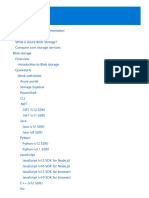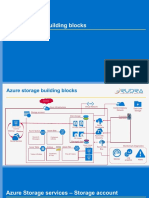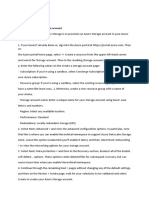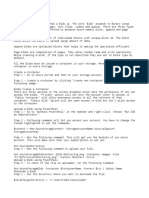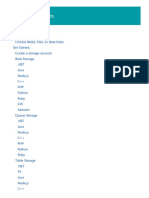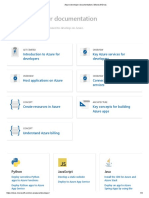0% found this document useful (0 votes)
90 views16 pagesAzure Blob Storage Client Library For Java
Uploaded by
SanskarCopyright
© © All Rights Reserved
We take content rights seriously. If you suspect this is your content, claim it here.
Available Formats
Download as PDF or read online on Scribd
0% found this document useful (0 votes)
90 views16 pagesAzure Blob Storage Client Library For Java
Uploaded by
SanskarCopyright
© © All Rights Reserved
We take content rights seriously. If you suspect this is your content, claim it here.
Available Formats
Download as PDF or read online on Scribd
/ 16

















